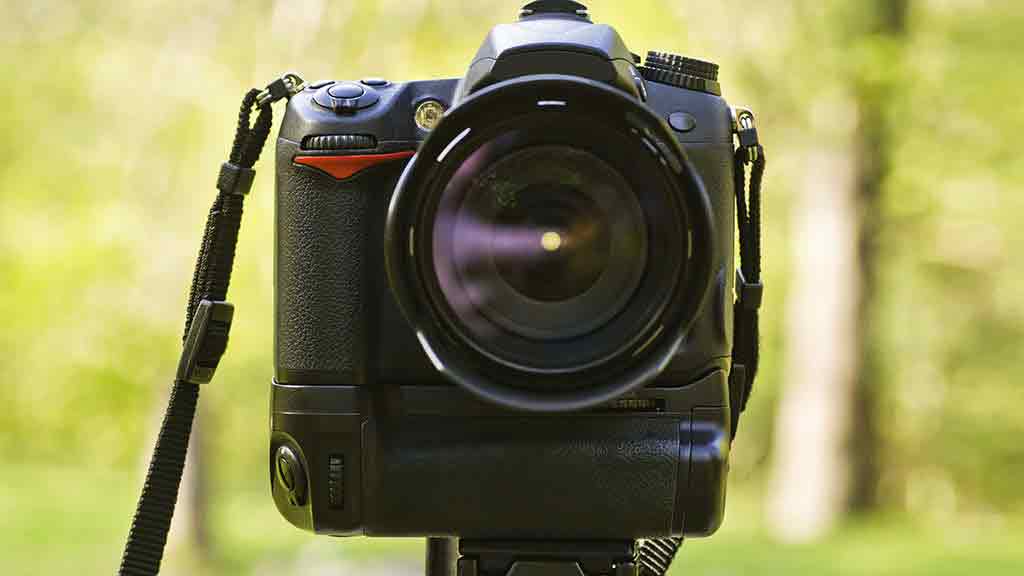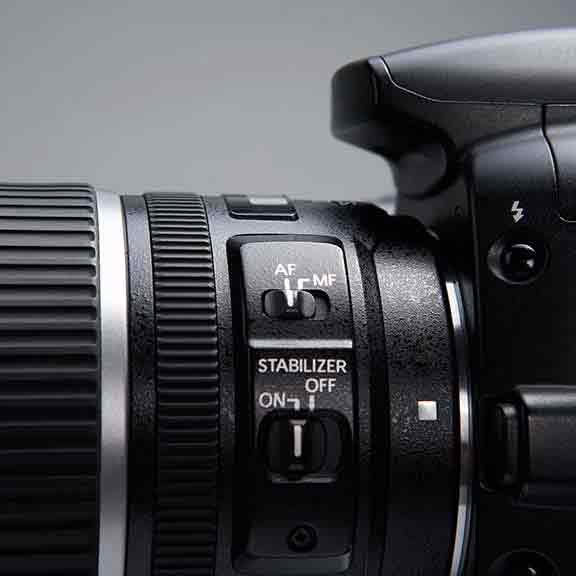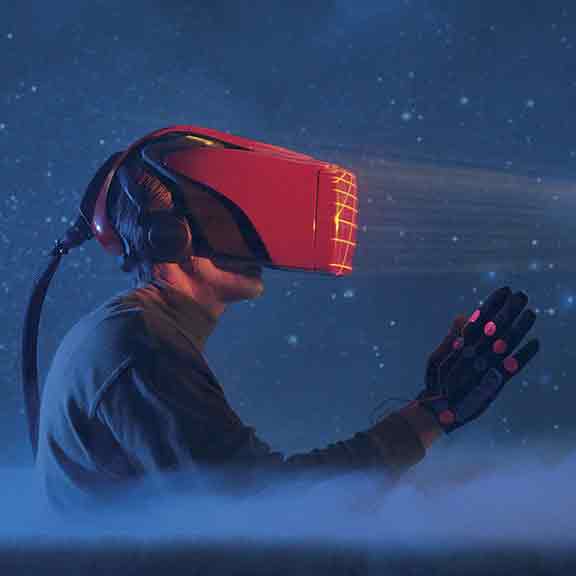A digital camera is a big investment, so you want to get it right first go. But as with most products these days, it's hard to know which bells and whistles are important to have on your camera, and which are just unnecessary extras designed to tack on dollars to the price tag. Don't fret though; with our digital camera buying guide, product reviews and test reports, you'll know all about lens reflection, white balance and flash performance before you spend a cent.
Digital cameras
Digital cameras
Reviews, tests and buying guides for DSLRs, compact and waterproof cameras.
Review and compare
Digital camera reviews
We test and compare manual and semi-automatic cameras from Canon, Nikon, Sony and more to help you find the best model.
Buying guides
How to buy the best digital camera
Cheap and compact or pricey and professional – find the right one.
How to buy the best travel camera
Don't miss a single photo opportunity, wherever you are.
Articles




